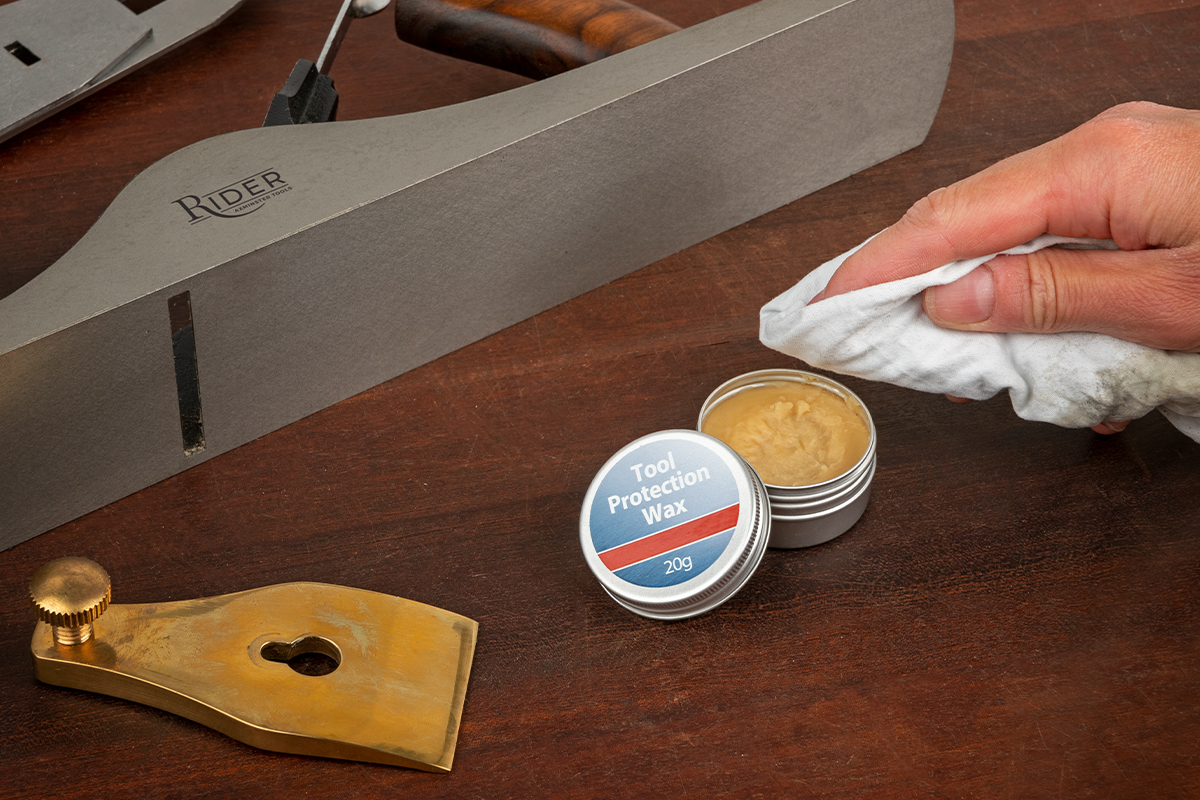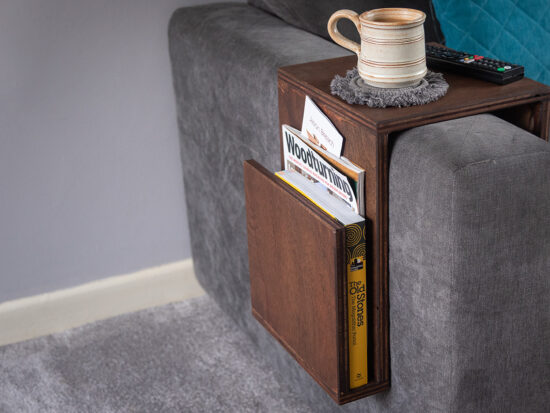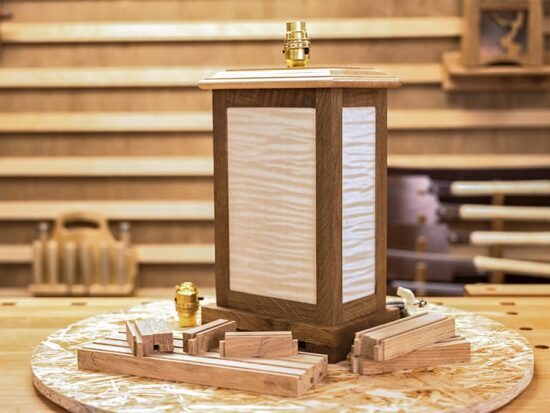Tool Maintenance | Winter Proof Your Woodworking Tools

Tool maintenance is an essential task in the woodworking workshop all year round. But, when the nights draw in and the weather begins to turn, it's time to consider what precautions you need to take to protect your woodworking tools through winter months.
Autumn is the best time to pay particular attention to ensuring your tools remain in tip top condition through the colder and damper months ahead.
Causes for concern
During the winter months more moisture and colder conditions mean that rust can be a particular concern for woodworkers. Therefore it is important to set aside some time to properly protect your tools from damage.
Rust can form when iron and oxygen react with moisture. This can be a particular concern when it begins to corrode the metal leaving it brittle. Precautions can be taken to protect against moisture and minimising the risk on rust.
Protect against rust
Waxing machines, hand planes, chisels and tools will protect against the cold and damp as the seasons begin to change. And keeping your tools lubricated will ensure moving parts stay moving. For planes it is a good idea to take your plane apart. Brush off the dust, degrease and then wax to protect.
Other tool maintenance tips
- Clean and dry your tools - ensure you regularly clean and dry your tools to remove dirt build up and sap. Remember, fingerprints can transfer moisture, leaving fingertip marks. Therefore cleaning your tools regularly and applying a hand tool wax can create a protective barrier. Camellia oil will penetrate the cell structure of the metal for good preventative protection.
- Keep the cold out - Keep your workshop warm! Add heaters to your workshop to try and keep it at room temperature.
- Reduce moisture - Ensure your workshop has good ventilation to avoid moisture condensation and moisture build up. To reduce moisture further, try adding silica gel packs in your tool box or cabinets to absorb moisture, minimising risk to your tools.
- Storage - ensure your tools are stored correctly. Ensuring chisels and saws are stored correctly will minimise risk of blade damage. Explore our tool storage solutions or why not make your own. Store your hand planes in a plane sock rather than newspaper or cardboard - as these can attract and hold on to moisture.
- Repair before it's too late - keep wooden handles smooth and oiled. If cracks begin to appear then it's time to repair. Read our step by step guide on how to replace a chisel handle.
- Keep your blades sharp - to ensure you don't damage your blades, keep your hand tool blades sharp.
Don't forget machinery
Like your hand tools, your workshop machines will also need protecting. Clean and degrease your machine tables and beds and apply machine wax for protection. For bandsaws pay attention to bearings and spray with a lubricant.
This applies to any machine where you want to avoid rust and keep the parts moving. Watch our video guide below for more top tips.
Woodturning lathe maintenance
Your woodturning lathe and chucks will constantly come in contact with moisture and wood sap through regular use. Which is why ensuring you carry out regular cleaning and maintenance on your woodturning lathe will ensure it runs smoothly.
Waxing the beds is a good place to start. Our video guide below offers covers a wide range of maintenance tips to protect your woodturning tools.
More tips and advice
Our Woodworking Wisdom blogs and YouTube channel offers a whole host of useful advice for the woodworker on tool maintenance, as well as project guides and more. Build your skills, knowledge and create beautiful pieces with the help of our skilled tutors.






